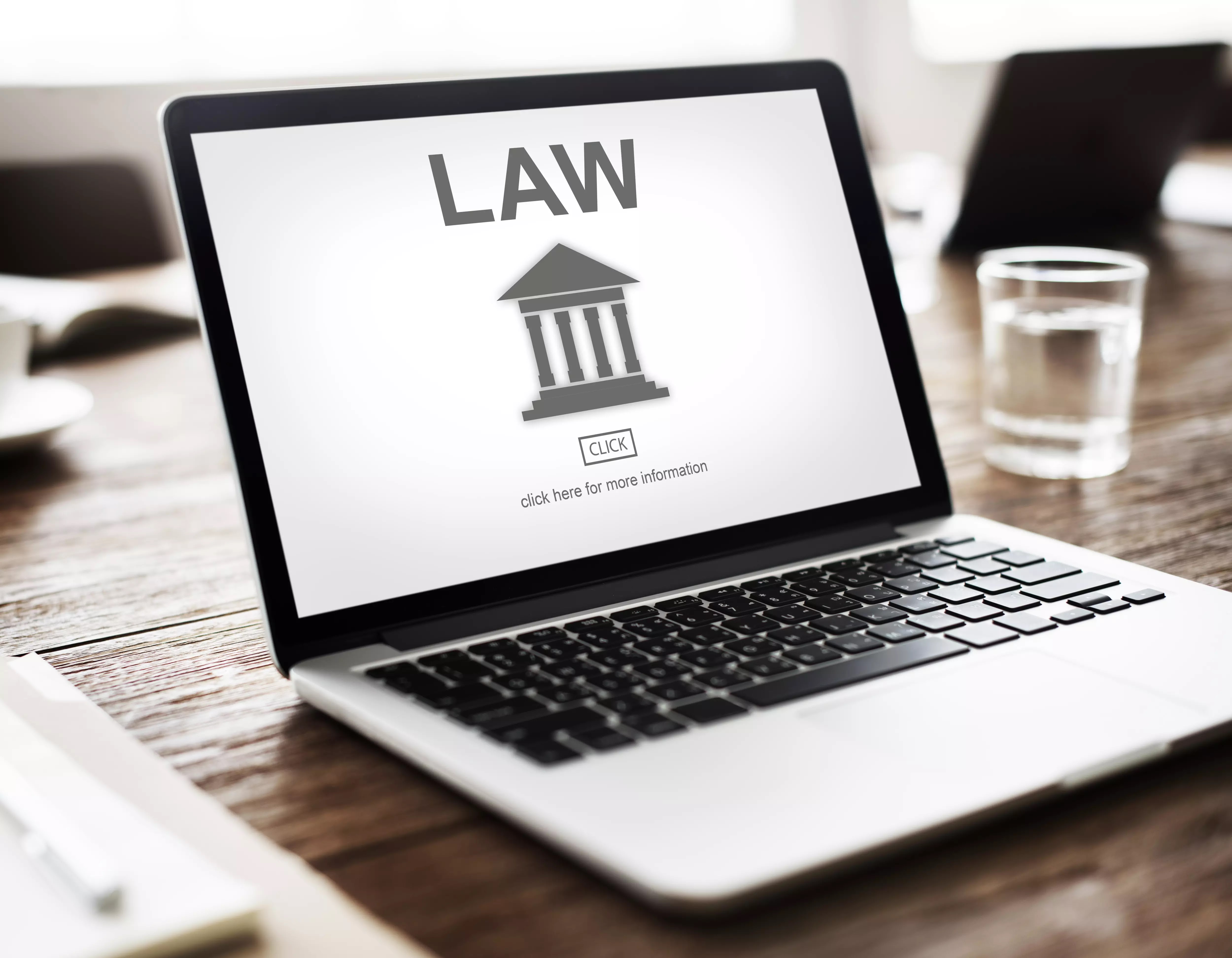Issue related to section 66A of IT Act, 2000 and other provisions of IT Act, 2000
Introduction
The Information Technology Act, of 2000 (IT Act) is the primary
legislation that regulates the use of computers, electronic devices and
communication networks in India. The IT Act aims to provide legal recognition
for electronic transactions, digital signatures, electronic governance, cyber
security and cyber crimes. The IT Act has extra-territorial jurisdiction, i.e.,
it applies to cyber offences committed outside India if a system or a network
from India is involved in the said crime, irrespective of the offender’s
nationality.
Section 66A of IT Act 2000
Section 66A of the IT Act was introduced by an amendment in 2009.
It made it a punishable offence for any person to send offensive messages
through communication devices and computers. The section defined offensive
messages as those that are:
- Grossly offensive or have a menacing character
- False or misleading and meant
to cause annoyance, inconvenience, danger, obstruction, insult, injury,
criminal intimidation, enmity, hatred or ill will
- Meant to deceive or mislead the
recipient about the origin of such messages
The punishment for violating this section was imprisonment for up
to three years and a fine.
Controversies and Criticisms of Section 66A
Section 66A of the IT Act faced severe criticism from various
quarters for being vague, overbroad and violative of the fundamental right to
freedom of speech and expression guaranteed under Article 19(1)(a) of the
Constitution of India. The section was challenged in several cases before the
courts for its arbitrary and unreasonable application. Some of the instances
where Section 66A was invoked are:
- In 2012, two girls were
arrested in Maharashtra for posting and liking a Facebook comment
criticising the shutdown of Mumbai after the death of Shiv Sena leader Bal
Thackeray.
- In 2013, a professor was
arrested in West Bengal for forwarding a cartoon on Chief Minister Mamata
Banerjee.
- In 2014, a student was arrested
in Uttar Pradesh for posting a comment on Facebook against senior
Samajwadi Party leader Azam Khan.
- In 2015, a class XI student was
arrested in Uttar Pradesh for posting an allegedly objectionable comment
on Facebook against senior BJP leader L.K. Advani.
These and many other cases raised serious concerns about the
misuse and abuse of Section 66A by the authorities and the chilling effect it
had on the online free speech of citizens.
Supreme Court Judgement on Section 66A
In 2015, the Supreme Court of India delivered a landmark judgement
in Shreya Singhal v. Union of India case. The case was filed as a public
interest litigation (PIL) by Shreya Singhal, a law student, challenging the
constitutionality of Section 66A of the IT Act. The Supreme Court struck down
Section 66A as unconstitutional and void on the following grounds:
- The section violated Article
19(1)(a) of the Constitution as it imposed unreasonable restrictions on
the freedom of speech and expression online.
- The section violated Article 14
of the Constitution as it created an arbitrary distinction between online
and offline speech and did not have any intelligible differentia or
rational nexus with the object sought to be achieved.
- The section violated Article 21
of the Constitution as it did not have any procedural safeguards to
prevent its misuse and abuse by the authorities.
- The section used vague and
undefined terms such as “grossly offensive”, “menacing”, “annoyance”,
“inconvenience” etc. which gave wide discretion to the authorities to
interpret them subjectively and arbitrarily.
- The section did not have any
nexus with public order, decency or morality as it criminalised even
private communications between individuals that did not affect any third
party.
The Supreme Court held that Section 66A was not saved by any of
the reasonable restrictions under Article 19(2) of the Constitution such as
sovereignty and integrity of India, security of the state, friendly relations with
foreign states, public order, decency or morality or about contempt of
court, defamation or incitement to an offence. The Supreme Court also observed
that Section 66A had a chilling effect on the legitimate exercise of online
free speech by citizens as they feared prosecution under this section.
The Supreme Court also clarified that other provisions of the IT
Act such as Section 69A (power to block access to information), Section 79
(intermediary liability) and Section 69 (power to intercept, monitor or decrypt
information) were valid and constitutional subject to certain guidelines and
safeguards.
Other Provisions of IT Act 2000
Apart from Section 66A, the IT Act 2000 contains several other
provisions that deal with various aspects of information technology and cyber
law. Some of the important provisions are:
|
Section |
Description |
|
3 |
Authentication of electronic records by digital signatures |
|
3A |
Electronic signature as a mode of authentication |
|
4 |
Legal recognition of electronic records |
|
5 |
Legal recognition of electronic signatures |
|
6 |
Use of electronic records and electronic signatures in
government and its agencies |
|
7 |
Retention of electronic records |
|
8 |
Publication of rules, regulations, etc., in the electronic
gazette |
|
10A |
Validity of contracts formed through electronic means |
|
11 |
Attribution of electronic records |
|
12 |
Acknowledgement of receipt of electronic record |
|
13 |
Time and place of despatch and receipt of electronic
record |
|
14 |
Secure electronic record |
|
15 |
Secure electronic signature |
|
16 |
Security procedures and practices |
|
17-34 |
Regulation of certifying authorities for issuing digital
signature certificates and electronic signature certificates |
|
35-39 |
Electronic signature certificates and their issuance,
suspension and revocation |
|
40-42 |
Duties of subscribers of digital signature certificates
and electronic signature certificates |
|
43-47 |
Penalties, compensation and adjudication for damage to the
computer, computer system, etc. and failure to protect data or furnish
information, etc. |
|
48-64B |
Establishment, powers and functions of Cyber Appellate
Tribunal and appeal to High Court |
|
65-67C |
Offences relating to tampering with computer source
documents, hacking, publishing or transmitting obscene material or sexually
explicit material or material depicting children in sexually explicit acts in
electronic form, etc. |
|
68-69B |
Powers of Controller, Central Government and authorised
officers to issue directions, access information, monitor or decrypt
information, block access to information, etc. in the interest of the
sovereignty, integrity, security, defence or friendly relations of India or for
preventing incitement to the commission of an offence or investigation of an
offence |
|
70-70B |
Protected systems, critical information infrastructure,
National Critical Information Infrastructure Protection Centre (NCIIPC) and
their protection and security measures |
|
71-72A |
Penalties for misrepresentation, breach of confidentiality
and privacy, disclosure of information in breach of lawful contract, etc. |
|
73-74 |
Digital signature certificates to be evidence and
presumption as to digital signatures and electronic signatures |
|
75-78 |
Extra-territorial jurisdiction, offences by companies,
investigation of offences and power to search or arrest without warrant |
Conclusion
The IT Act 2000 is comprehensive legislation that covers various aspects of information technology and cyber law in India. It aims to provide legal recognition and security for electronic transactions, digital signatures, electronic governance, cyber security and cyber crimes. However, some provisions of the IT Act such as Section 66A have been challenged and struck down by the Supreme Court for being unconstitutional and violative of the fundamental rights. The IT Act needs to be periodically reviewed and amended to keep pace with the changing technology and emerging challenges in cyberspace.












Comments
Post a Comment
Thanks, For Your Valuable Comment